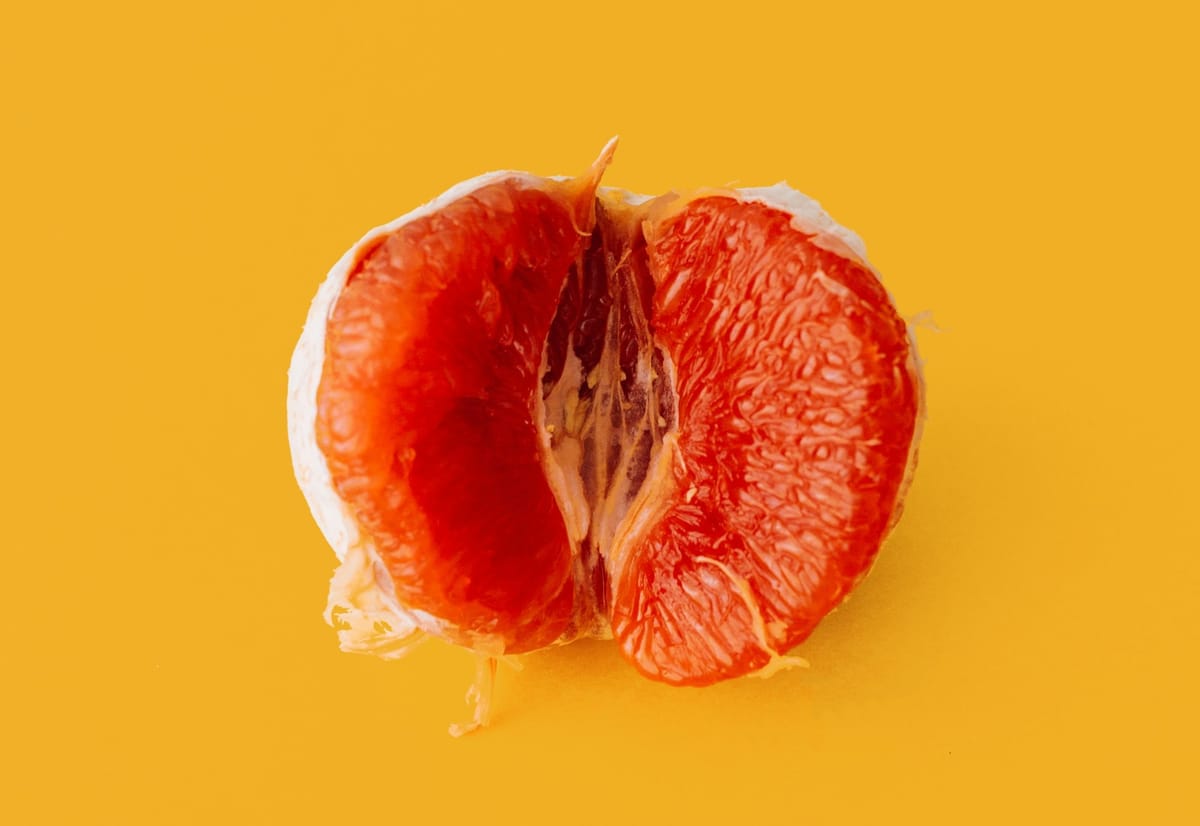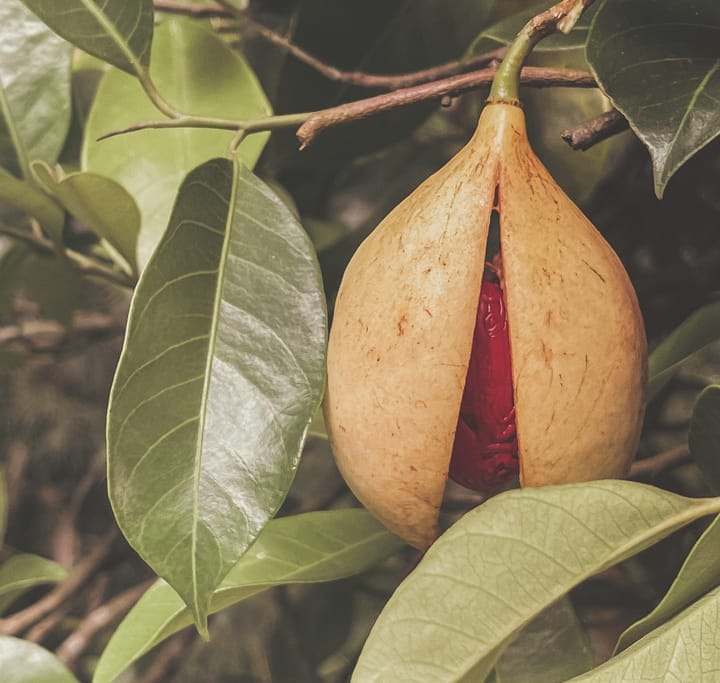Sicily's Tarocco Blood Oranges: The Ruby-Red Treasure of Mount Etna
Sicily's volcanic Tarocco blood oranges taste like strawberries kissed wine. These PGI-protected gems from Mount Etna command $4-6 each—and they're worth every penny for their ruby flesh and complex flavor.

Picture biting into an orange that tastes like it's been kissed by strawberries and wine.
That's the magic of Sicily's Tarocco blood orange—a fruit so extraordinary that it commands prices five times higher than regular oranges in luxury markets worldwide.
But what makes these crimson-fleshed citrus fruits so special, and why can't growers elsewhere replicate their magnificence?
The Secret Behind the Blush
Blood oranges aren't just regular oranges with attitude. Their dramatic ruby color comes from anthocyanins—the same compounds that give blueberries and red wine their deep hues.
Here's where it gets interesting: these pigments only develop under very specific conditions.
The fruit needs hot, sunny days followed by cool nights, creating a temperature swing that triggers the color transformation.
Think of it like making candy—you need precise temperatures to get the perfect result.
Sicily, particularly the slopes of Mount Etna, provides this natural temperature roller coaster with clockwork reliability.
The volcano acts like a giant air conditioner, sending cool air down its slopes each night while the Mediterranean sun blazes during the day.
Meet the Tarocco Family

While Sicily grows three main blood orange varieties—Moro, Sanguinello, and Tarocco—it's the Tarocco that wears the crown. Often called the "queen of oranges," Taroccos achieve something remarkable: they're simultaneously the sweetest blood oranges and the most complex in flavor.
Within the Tarocco family, several distinct personalities emerge:
Tarocco Nucellare is the reliable favorite, offering consistent quality with moderate blush and a perfect sweet-tart balance. It's like the friendly neighbor everyone loves—dependable and always pleasant.
Tarocco Gallo gets its name from its rooster-crest shape and tends to develop the deepest color, especially when grown higher on Etna's slopes. The flavor here ventures into wine territory, with subtle tannins that make you pause and savor.
Tarocco Rosso is the show-off of the family, bred specifically for intense burgundy streaking throughout its flesh. It's the Instagram model of blood oranges—gorgeous to look at and surprisingly substantial in flavor.
Why Sicily? It's All About Location
The magic of Tarocco oranges ties directly to their birthplace. Mount Etna's volcanic soil isn't just dirt—it's a mineral cocktail built over millennia of eruptions.
This soil contains trace elements you won't find in typical farmland, and these minerals translate directly into flavor complexity.
The European Union recognized this unique terroir by awarding PGI status to Taroccos grown exclusively in the Catania Plain, Enna, and Siracusa—the only places where volcanic soil, Mediterranean climate, and centuries of expertise create the perfect growing conditions.
Imagine trying to make authentic San Marzano tomatoes in Iowa, or true Champagne in California. You might get something good, but it won't be the same.
The same principle applies to Tarocco oranges. California growers have tried—and continue trying—to cultivate these beauties, but the results consistently fall short.
The fruit might look similar, but bite into a California-grown Tarocco and you'll notice the difference immediately.
The berry notes whisper rather than sing, the complexity flattens into simple sweetness, and that wine-like finish? Barely there.
Even other Mediterranean regions with similar climates—Spain, Morocco, Australia—can't quite capture the Tarocco magic.
It's not for lack of trying or expertise; it's simply that some agricultural products are inseparable from their place of origin.
From Grove to Table: A Labor of Love
Tarocco oranges don't play by supermarket rules. They ripen in a narrow window between January and April, with peak perfection usually hitting in February and March.
Unlike regular oranges that can hang on trees for weeks without quality loss, Taroccos demand immediate attention when ready.
Harvesting these gems requires the human touch. Skilled pickers evaluate each fruit individually, testing for that perfect balance of firmness and weight that signals peak ripeness.
The best groves might harvest the same tree multiple times as different branches reach perfection—imagine a vineyard approach applied to citrus.
Once picked, premium Taroccos travel like VIPs. No months-long storage in warehouses, no heavy wax coatings, no chemical baths.
These oranges often fly—literally, via air freight—to reach distant markets within days of harvest.
This princess treatment partially explains their premium pricing, but anyone who's tasted a perfectly ripe Tarocco knows it's worth every penny.
The Price
When you encounter Tarocco blood oranges at specialty markets, the price tag might give you pause—typically $4-6 per orange, compared to the $0.50-1.00 you'd pay for regular oranges.
Some premium specimens in exclusive markets can reach $8-10 each.
But understanding what goes into each fruit helps explain why these prices aren't just justified—they're actually quite reasonable for what you're getting.
Beyond the Breakfast Table
Here's where Tarocco oranges really shine: they're not just for eating out of hand (though that's pretty spectacular). Their complex flavor profile makes them incredibly versatile in the kitchen.
Chefs love how Tarocco segments can brighten rich dishes—imagine them crowning buttery scallops or cutting through the richness of duck confit.
The juice, with its natural pink hue and berry undertones, transforms cocktails from ordinary to extraordinary.
Pastry chefs particularly prize Taroccos for their ability to add both flavor and drama to desserts—a simple Tarocco tart looks like edible art.
Even the zest packs more punch than regular orange zest, carrying those subtle berry notes into whatever it touches.
Some innovative chefs reduce Tarocco juice into glazes that combine citrus brightness with an almost balsamic-like complexity.
A Luxury Worth Savoring
In our world of year-round everything and standardized flavors, Sicilian Tarocco blood oranges remind us why certain foods achieve luxury status.
They can't be rushed, can't be mass-produced, and can't be replicated. Each orange represents a perfect alignment of volcanic soil, Mediterranean climate, and generations of cultivation expertise.
Yes, they're expensive. Yes, they're only available for a few months. But that's precisely the point. In choosing a Tarocco orange, you're not just buying fruit—you're buying into a philosophy that says some things are worth waiting for, worth paying for, and worth savoring.
In a single bite, you taste Sicily itself: the minerality of Etna, the warmth of the Mediterranean sun, and the cool mountain air that paints these oranges in shades of ruby and wine.


